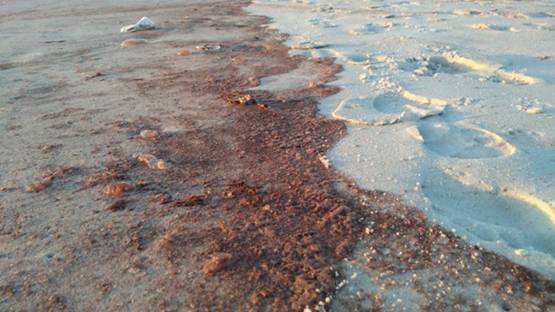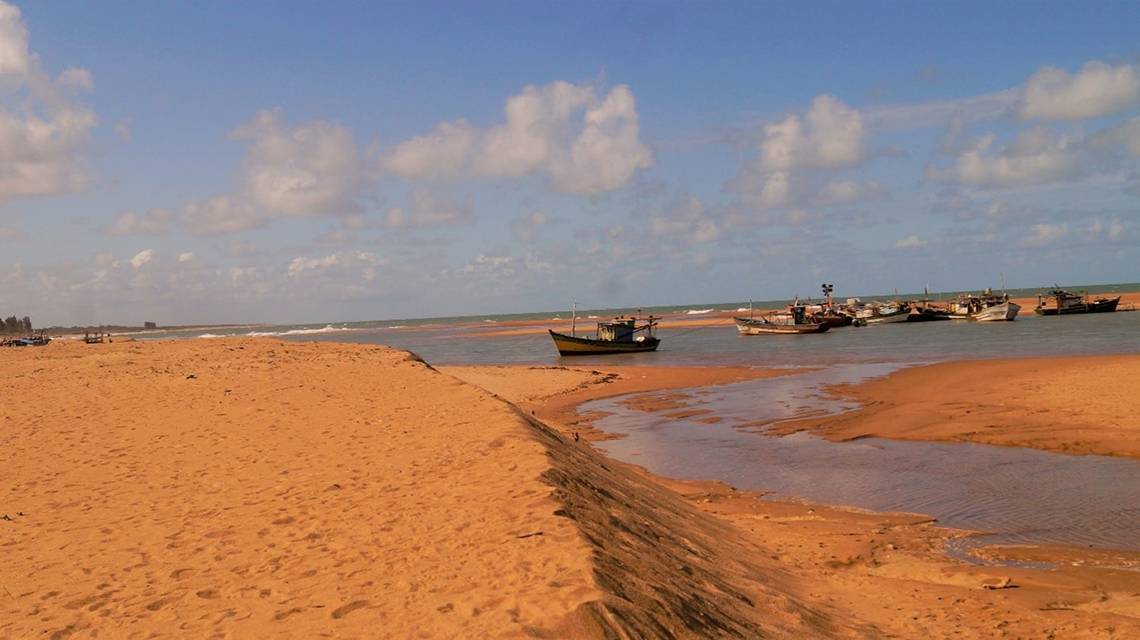As a red tide event stretched across more than 200 km of Rio de Janeiro’s coastline late last year, lasting more than eight weeks, it coloured the clear blue waters a dark, reddish brown, which drove away bathers on the Arraial do Cabo coast. In the high tidelines at the Praia Vermelha beach, dead jellyfish were seen, assumed by bathers to be related to the effects of the red tide event.
But were they? The IAEA has enabled Brazilian scientists to assist the authorities in answering this question and to adopt strategies to monitor, mitigate and protect the coastal and marine environments impacted by natural disasters, including red tide events or harmful algal blooms (HABs). They indeed were able to pinpoint the occurrence of various microalgal species causing the red tides throughout November and December.
In response to the emergency situation, the IAEA provided equipment and trained Brazilian specialists in the use of radioisotopes and stable isotopes and related nuclear techniques through its technical cooperation programme. The Fluminense Federal University in Niterói has been equipped with targeted isotopic and nuclear equipment, and its staff trained on advanced analytical technology, such as X-ray fluorescence and elemental and stable isotope fingerprinting techniques.
“The training and equipment provided are helping Brazilian experts to identify triggers and monitor HABs more effectively,” said Dominika Zahrer, the IAEA Programme Management Officer coordinating the activities with Brazil. The origins of the cooperation date back to when the Fundão tailings dam in Mariana, the oldest city in the state of Minas Gerais, collapsed in 2015, and the disaster left two villages devastated, with 19 lives lost and around 200 homes destroyed, she added.
This support helped characterize and determine the composition of materials and evaluate heavy metal pollution in the estuarine impacted sediments. This enabled Brazilian experts to assess the impact of the Fundão tailings dam burst on coastal and marine environments to help monitor, protect and recover these environments. Their knowledge and equipment have come in handy several times since then, including during last year’s red tide event.







